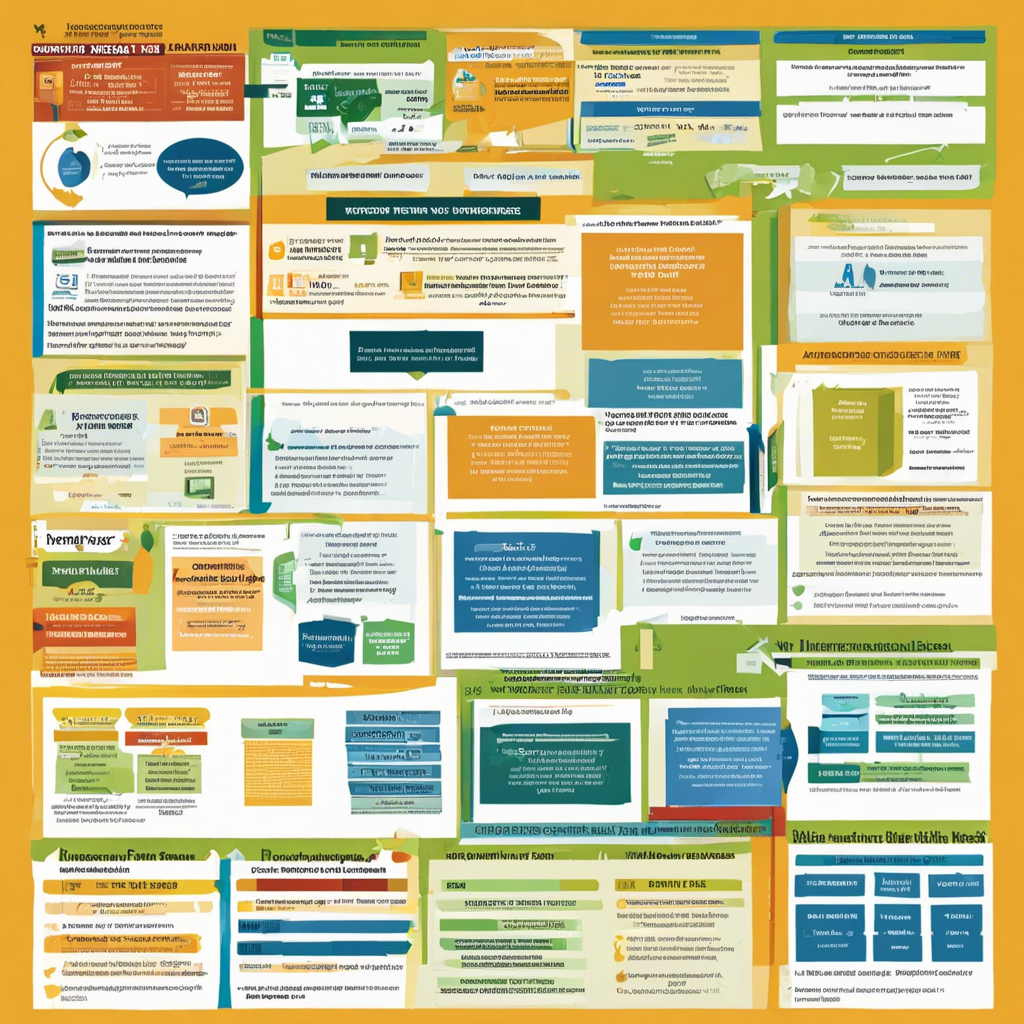Exploring the relationship between nonprofit accountability, donor trust, and effective governance.
In the realm of nonprofit organizations, establishing trust with donors is paramount to their success and sustainability. A key factor in achieving this trust is accountability, which involves maintaining transparency, effective governance, and integrity in all operations. This article delves into the comparative study of nonprofit accountability and donor trust, examining how these two aspects are intertwined and exploring strategies to enhance both.
The Importance of Donor Trust
Donor trust is the bedrock of nonprofit sustainability and success. When donors believe in an organization’s mission, leadership, and financial stewardship, they are more likely to contribute generously and become long-term supporters. This section explores the multifaceted nature of donor trust and its significance for nonprofit organizations.
Building Trust Through Transparency
Charity Navigator, a trusted source in the nonprofit sector, emphasizes the importance of transparency in building donor trust. By providing detailed financial reports, clear communication, and easy access to information, nonprofits can demonstrate their commitment to accountability. This fosters a sense of confidence in donors, who can see exactly how their contributions are being utilized.
Impact of Donor Trust on Fundraising
The level of donor trust directly influences fundraising outcomes. A Stanford University study found that donors are more likely to give when they trust an organization. This trust is built upon a foundation of transparency, accountability, and mission alignment. When donors feel connected to an organization’s purpose and see their impact, their giving increases significantly.
Strategies for Enhancing Donor Trust
-
Consistent Communication
Regular updates, newsletters, and personalized communications help maintain donor relationships. Sharing success stories, impact reports, and upcoming initiatives keeps donors engaged and informed.
-
Impact Measurement and Reporting
Tracking and measuring the impact of programs and initiatives is essential. Donors want to see concrete results and understand how their contributions make a difference. Guidestar provides resources for nonprofits to effectively communicate their impact to donors.
Nonprofit Accountability in Practice
Accountability and Good Governance
Nonprofit organizations are expected to uphold the highest standards of accountability and good governance. This involves ensuring that the organization’s leadership, policies, and practices align with its mission and work towards achieving its goals.
Effective Board Oversight
A robust and engaged board of directors is crucial for maintaining accountability. The board should oversee the organization’s operations, provide strategic direction, and ensure that the mission remains at the forefront. Regular board meetings, committee work, and ongoing evaluation contribute to an effective governance structure.
Transparency and Financial Reporting
Transparent and accurate financial reporting is essential for accountability. Nonprofits should provide clear and detailed financial statements, budgets, and audits to stakeholders, including donors, board members, and regulatory bodies. This ensures compliance with legal requirements and builds trust with donors.
Q&A: Addressing Donor Trust and Nonprofit Accountability
Q1: How can nonprofits demonstrate their commitment to financial accountability to donors?
A1: Nonprofits can showcase their financial accountability by providing accessible and detailed financial reports. This includes annual reports, audited financial statements, and clear explanations of how donations are allocated. Transparency in financial practices builds trust and assures donors that their contributions are being used effectively.
Q2: What steps can organizations take to build trust with donors who may have experienced past trust issues with nonprofits?
A2: Rebuilding trust with skeptical donors requires a proactive approach. Organizations should engage in open and honest communication, providing detailed information about their programs, impact, and financial practices. They can also offer references from satisfied donors and highlight their commitment to transparency and accountability through external certifications or accreditations.
Q3: How can nonprofits ensure the confidentiality of donor information while maintaining transparency in their operations?
A3: Protecting donor confidentiality is essential for maintaining trust. Nonprofits can achieve this by implementing secure data management systems and adhering to data privacy regulations. Transparency can be maintained by providing aggregated donor information without revealing individual donor details. This balance ensures donors that their information is safe while demonstrating organizational transparency.
Conclusion
The comparative study of nonprofit accountability and donor trust reveals a strong correlation between the two. By prioritizing transparency, effective governance, and donor engagement, nonprofits can foster a culture of trust and accountability. This, in turn, leads to increased donor confidence, more substantial financial support, and a stronger impact on the communities they serve. Through the implementation of best practices and a commitment to continuous improvement, nonprofits can thrive in an environment of trust and accountability.
